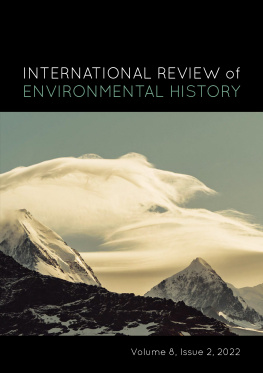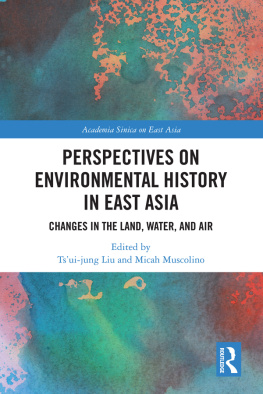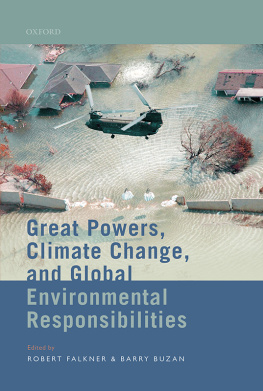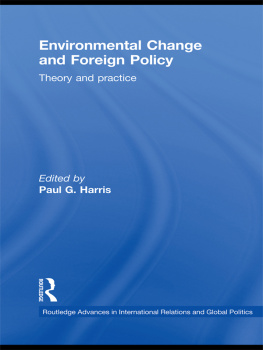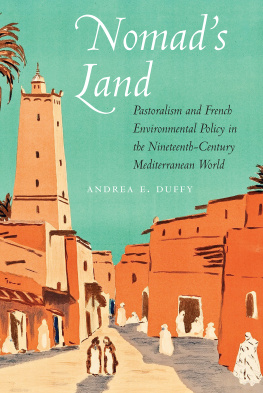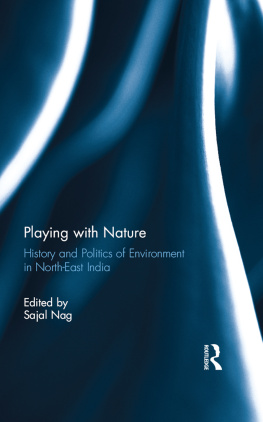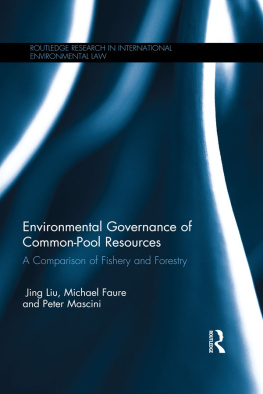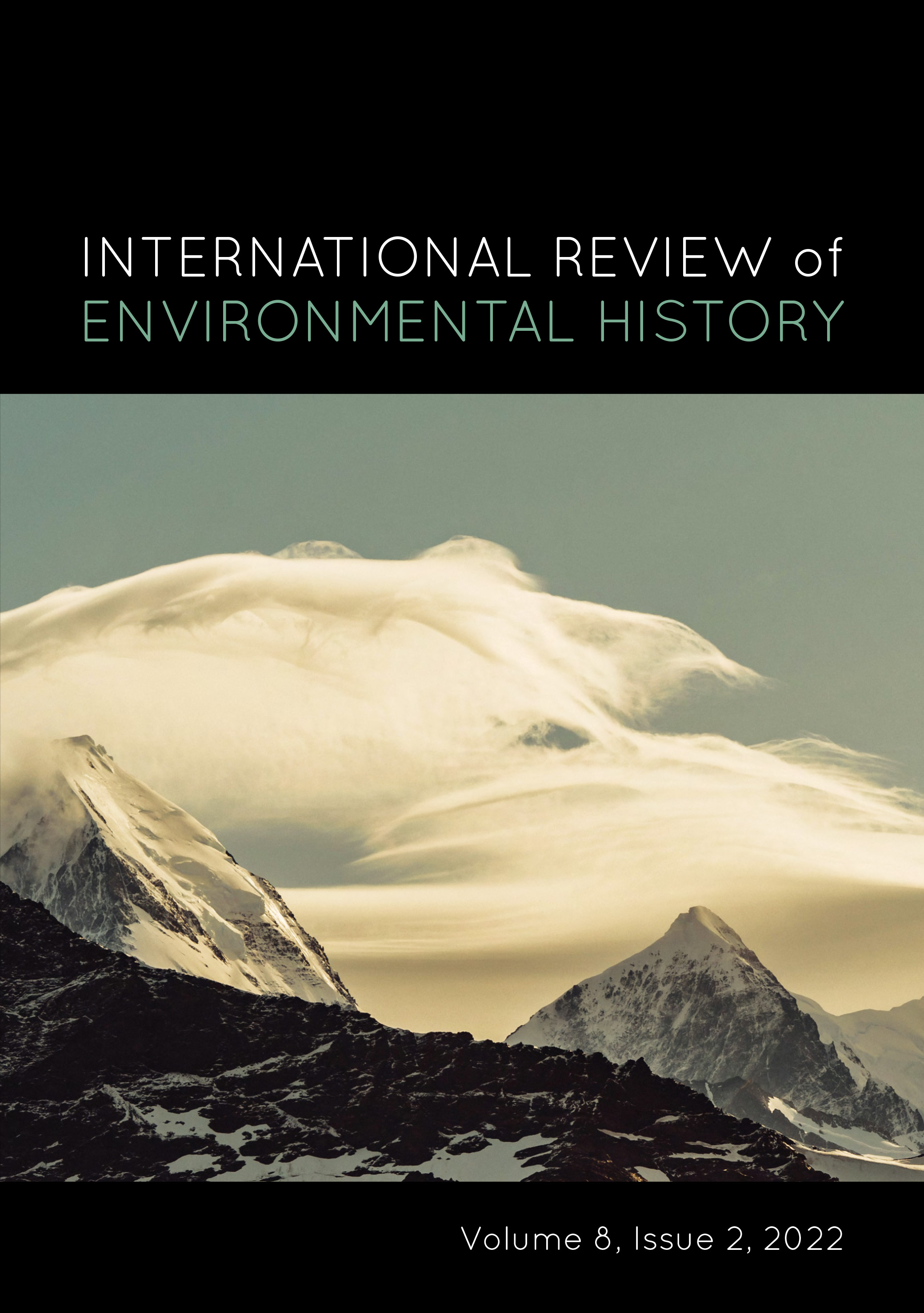Introduction
James Beattie
Victoria University of Wellington; Research Associate, Centre for Environmental History, The Australian National University; Senior Research Associate, Faculty of Humanities, University of Johannesburg, South Africa
In our second issue for 2022, we range widely and deeply across several topics, periods and continents. The first part contains six articles; the second is a special issue, edited by Shoko Mizuno, which comes with its own introduction. Several of these articles entered the editorial process under Brett Bennett while I was on parental leave.
The first article in the journal is a think piece by Robert Luke Naylor. His Chernobyl,Dark Watersand the contingency of environmental disaster and scientific knowledge adds to a growing body of literature on teaching in environmental history. In his article, Naylor demonstrates how teachers can use a television series (Chernobyl, 2019) and film (Dark Waters, 2019) to engage students to explore critical issues around environmental history and history of science. As he notes:
[a]nalysing film and television allows science students to begin to critically analyse without needing to immediately tackle intimidating humanities papersit forms an easy entry point to thinking critically about the science/society interaction in seminars and lectures.
From contemporary society, we move to the Neolithic and Bronze ages. Daniel Headricks The plague and the population of Europe in the Neolithic and Bronze Ages presents a masterful synthesis of the latest scientific research, including ancient DNA sequencing, on the impact of a series of plagues during the fourth and third millennia BCE. These pandemics, he shows, have had a cascade of ecological, migratory, gender and economic effects in Europe, which environmental and other historians have only just started to consider. For example, Headrick points to the importance of equine culture in Europe as having its origins in the movement of nomadic herders from the steppes of southern Russia into Europe, resulting in part from the devastation to Anatolian farmers caused by a series of plagues.
In A once capacious haven: What happened to Calicut (Malabar coast of India), 13351887, Patrick Nunn examines the role of environmental hazards in human history and the necessity of critically examining assumptions about place and environmental change in the construction of narratives. His article is a very important one and is worth a wide readership, in light of a raft of popular and academic histories that examine the decline of empires, environments and peoples in different places and times in world history. As Nunn writes:
It is often challenging to piece together the reasons for such decline in the distant past, not least because evidence is sparse and open to a range of interpretations, but also because many memories of the decline (and sometimes the events preceding it) are culturally filtered, sometimes even encoded in myth. For such reasons, the causes of past decline have sometimes been wrongly attributed; sometimes they reflect the (unconscious) biases of those trying to interpret causation. All this contributes to an incomplete and sometimes misleading understanding of human histories that in turn misinforms the ways in which the past is explained, an issue that can have wide ramifications for such topics as cultural evolution and hazard exposure.
What follows is a masterly examination of just such biases and the problems they create. Nunn demonstrates that all historical explanations for the decline of the western Indian trading port of Calicut from the fourteenth century to the eighteenth failed to realise that the city actually moved. Nunns possible explanation for decline, one grounded in understandings of coastal environmental changes, points to the incompleteness of historical accounts and the necessity of carefully interrogating sources and assumptions when constructing environmental histories.
Rachel Goldlust stays with the theme of built heritage. In Building with hand and heart: The rebirth of do-it-yourself earth houses as environmental sentiment in post-war Australia, she situates the activities of the draughtsman and builder Alistair Knox within broader movements of vernacular architecture. As Goldlust shows, Knox developed mud-brick housesmuddiesthat reimagined a refuge in nature through homes that made their inhabitants aware of the natural world, the passing of the seasons, the power of sunlight, and the way shelter can enhance living rather than just facilitate it. Her work presents a new angle on urban environmental history and suggests too a need to develop environmental histories of built heritage.
Carolyn King and Andrew Veales article, New light on the introduction of ship-borne commensal rats and mice in Aotearoa New Zealand, 1790s1830s, takes a new approach to a popular topic among environmental historiansthe role of introduced species. King and Veale bring together DNA analyses with historical sources of shipping records to shed light on the different phases in the introduction of three species of rodents that accompanied humans to pre-colonial Aotearoa: Pacific rats (Rattus exulans), House mice (Mus musculus) and Norway rats (Rattus norvegicus). King and Veale demonstrate that the last two, both of which originated in Asia, demonstrate the importance of shipping connections with China in the 20 years since 1800.
The final article, by Karri Horton Hartley, James Beattie and Janice M. Lord, keeps with the interdisciplinary theme, by bringing together ecologists and an environmental historian to examine the importance of combining methodologies drawn from ecology and history in understanding past environmental change. Shepherds to the subantarctic: The history and legacy of pasture plant introductions on Campbell Island / Motu Ihupuku, 18951931 presents a case for the use of non-scientific sources to reconstruct vegetation change on these remote islands.
Finally, I would like to welcome a new board member, Professor Geoff Bil, University of Delaware, who has worked extensively on histories of empire, plants and indigenous knowledge, among other topics.
Call for papers
I particularly encourage submissions on topics related to history and energy, the atmosphere and water, especially in relation to Africa, South America and Asia. Please also contact me if you are interested in guest editing a special issue.
Acknowledgements
I am indebted to the support of so many in making this publication possible. International Review of Environmental History is published with the support of the Centre for Environmental History, The Australian National University, whose Director, Associate Professor Ruth Morgan, has enthusiastically backed this venture from the outset, just as her predecessor, Professor Emeritus Tom Griffiths, did. In 2013, Professor Bruce Clarkson, formerly Director of the Environmental Research Institute, University of Waikato, granted me the time to devote to planning and preparing the journal by giving me teaching buy-out. The journal was initially funded by the University of Waikato from 2015 to 2016. From 2017 to 2020, it was funded by Victoria University of Wellington. From 2022, I acknowledge the generosity of an anonymous donor for funding the copy-editing of the International Review of Environmental History

